Opening Retail Center on Goods Lane
Logan Valley Mall opened in November 1965 as an open-air shopping complex anchored by Sears, Weis Markets, and several smaller shops.
The property was developed by Crown American, with architecture from Hunter, Campbell & Rea, and it relied on wide lots and basic storefronts.
In 1966, JCPenney was added, and by June 8, 1967, the space was enclosed, giving Altoona a climate-controlled mall with a formal ribbon-cutting.
The transformation from open-air plaza to enclosed retail space marked a turning point for the site at 5580 Goods Lane.
Sears was the centerpiece, drawing shoppers for appliances, clothing, and hardware, while Weis Markets filled grocery needs.
JCPenney broadened the tenant mix with apparel and household goods.
The enclosed layout created a steady indoor flow, where storefronts faced polished corridors instead of exposed walkways.
Commercial reports from that summer highlighted the scale of the new enclosed format and its draw for weekend traffic.
By late 1967, the Logan Valley Mall began showing up in property directories and retail bulletins as a major regional center.
Shoppers now had an all-weather option, and the new interior quickly became part of the everyday things to do in Altoona, PA, especially during the winter months when outdoor shopping had always been a challenge.
Expansion Years and Added Tenants
By the mid-1970s, the mall was more than a set of enclosed corridors.
In May 1976, a four-screen cinema opened inside, offering first-run films at a time when combined retail and entertainment was still new in many Pennsylvania markets.
Shoppers could browse JCPenney or Sears and then walk directly to the box office without leaving the building.
That same period saw new national brands arrive, filling out the middle of the concourse with clothing and specialty shops.
Crown American used the late 1970s to invest further in Altoona's property market.
In 1979, the company completed a major addition: a full-scale Hess's department store.
This expansion reshaped the mall's footprint, drawing traffic from surrounding counties and giving Logan Valley Mall a third heavyweight anchor.
Parking capacity was adjusted as part of this growth, with more spaces added to support weekend business.
By the time the 1990s arrived, Logan Valley Mall had become a large regional center with more than one hundred tenants under its roof.
Fire Damage and Rebuilding Plan
In the early hours of December 16, 1994, fire broke out inside the G.C. Murphy store.
The flames spread quickly through older sections of the mall, which lacked a sprinkler system.
By the time it was over, fifteen stores and nine kiosks were destroyed, and dozens of others had heavy smoke and water damage.
The disaster cut through the original section of Logan Valley Mall, leaving long corridors closed and many tenants displaced.
Crown American immediately rolled out a three-phase recovery project.
The first phase brought in a new Kaufmann's store to replace the shuttered Hess's space, along with renovations to undamaged areas.
A two-story replacement wing opened in May 1996, restoring some of the lost square footage.
The second phase included a new three-story parking garage and an eight-screen Carmike Cinema, boosting both access and entertainment value.
By 1997, the final stage was complete: a new, larger JCPenney built closer to Sears, while the former Penney's footprint was turned into a food court on the second level.
Within three years of the fire, Logan Valley Mall had been rebuilt and reconfigured, once again filled with anchors and a renewed mix of national tenants.
New Ownership and Brand Changes
In 2003, Logan Valley Mall changed hands when PREIT acquired Crown American and its portfolio of shopping centers.
For Altoona, that meant the property was no longer under the same family-run management that had overseen its early growth.
PREIT was a larger real estate investment trust with a strategy of standardizing operations across its properties, and Logan Valley was folded into that plan.
Leasing structures shifted, with national tenants given priority, while some local operators faced tougher renewal terms.
PREIT also marketed the mall as part of a wider regional chain, grouping Altoona's property alongside larger facilities in Harrisburg and Lancaster.
The most visible change for shoppers came in 2005, when national consolidation altered the department store lineup.
May Department Stores, which owned the Kaufmann's brand, was purchased by Federated Department Stores.
The move brought a new banner to Altoona.
By September of that year, Kaufmann's in Logan Valley had been rebranded as Macy's, complete with updated signage, merchandise lines, and corporate promotions.
The store's floor plan remained the same, but the transition underscored how much national control shaped local retail spaces.
For PREIT, having a Macy's anchor strengthened leasing efforts, even as smaller shops continued to rotate in and out.
Anchor Closures and Market Shifts
The mall changed hands in 2017, when Mason Asset Management and Namdar Realty Group bought the property.
After years of stability, the mall entered a period of anchor losses.
In December 2018, Sears Holdings announced that its Logan Valley Mall store would be part of an eighty-location shutdown plan.
The store, which had operated since the mall's opening in 1965, closed for good on March 3, 2019.
The closure left behind a large, vacant anchor space at one of the mall's most visible entrances, and it altered the balance of foot traffic throughout the property.
The cinema followed. In 2017, AMC Theatres purchased Carmike Cinemas and rebranded the Logan Valley 8 as AMC Classic.
The rebrand was mostly cosmetic, but in July 2021, the screens went dark.
AMC announced that the theater would close permanently, citing conditions brought on by the COVID-19 pandemic.
With Sears gone and the cinema shuttered, the mall leaned on Macy's and JCPenney to maintain traffic, but the property had lost two of its longtime anchors in just two years.
Retail observers noted that Logan Valley's situation mirrored a national trend, with older malls losing core tenants and struggling to replace them.
Macy's Exit and Anchor Reliance
The first months of 2025 brought another hit to Logan Valley Mall.
On January 9, Macy's confirmed that its Altoona store would shut down as part of a nationwide restructuring that closed 66 locations.
The decision was tied to the retailer's "Bold New Chapter" plan, aimed at trimming weaker sites.
Local reports said the store would close during the first quarter, and by March 23, the lights were out.
With Macy's gone, JCPenney was the only full-line anchor left.
The loss tightened the mall's pull, especially for shoppers who counted on Macy's for clothing and housewares.
Tenants near the old Macy's entrance noticed traffic thinning almost immediately, and some spoke bluntly about the drop in sales.
Leasing prospects dimmed as well. Analysts pointed out that without Macy's, the property's ability to court national retailers had slipped.
By mid-2025, the mall had just one anchor to its name.
That single figure said more than any press release: the property was exposed, and its position in a shifting retail landscape had grown precarious.
Tenant Complaints and Building Issues
By August 2025, some of the talk inside Logan Valley Mall wasn't about sales at all.
People running shops pointed at things around the property. The escalators in the main court had been shut down for months.
Ceiling tiles were stained or missing where water had come through.
Mold appeared in several areas, primarily near the restrooms. Out in the parking garage, certain sections were blocked after pieces of concrete fell.
That meant customers had to circle around and park farther away. A few remembered earlier problems with gnats in the food court, too.
Merchants said business dropped.
One upstairs jeweler estimated sales had dropped almost in half after the escalators broke, as customers had to use the stairs or the old elevator to reach his store.
Food places upstairs said fewer people bothered coming up at all.
Some shop owners noted that customers had commented on the mall's condition, which they found unfavorable.
Local coverage repeated the complaints.
Reporters wrote about leaks, broken equipment, and closed areas, saying the building itself had become part of the challenge for stores still operating.




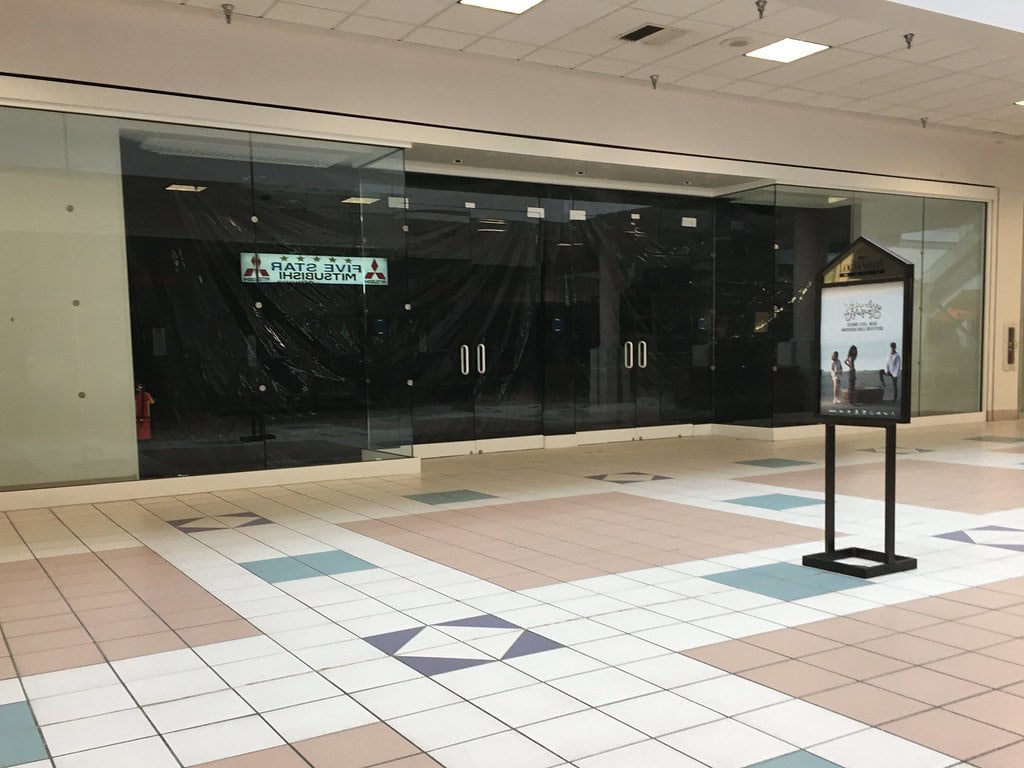

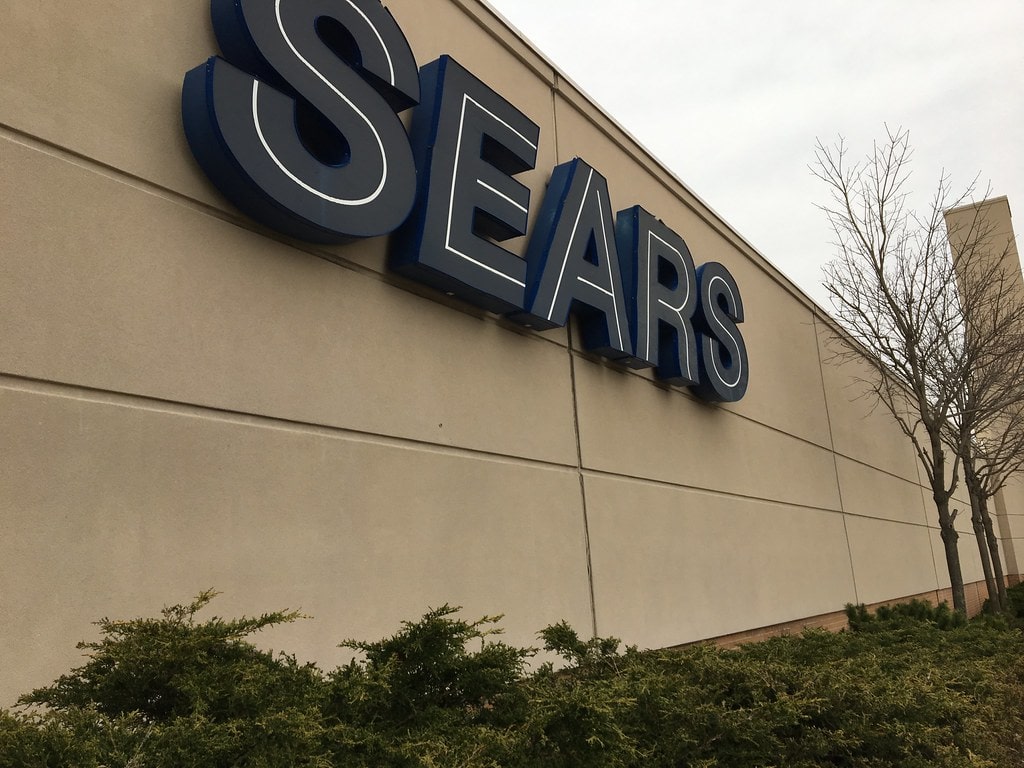
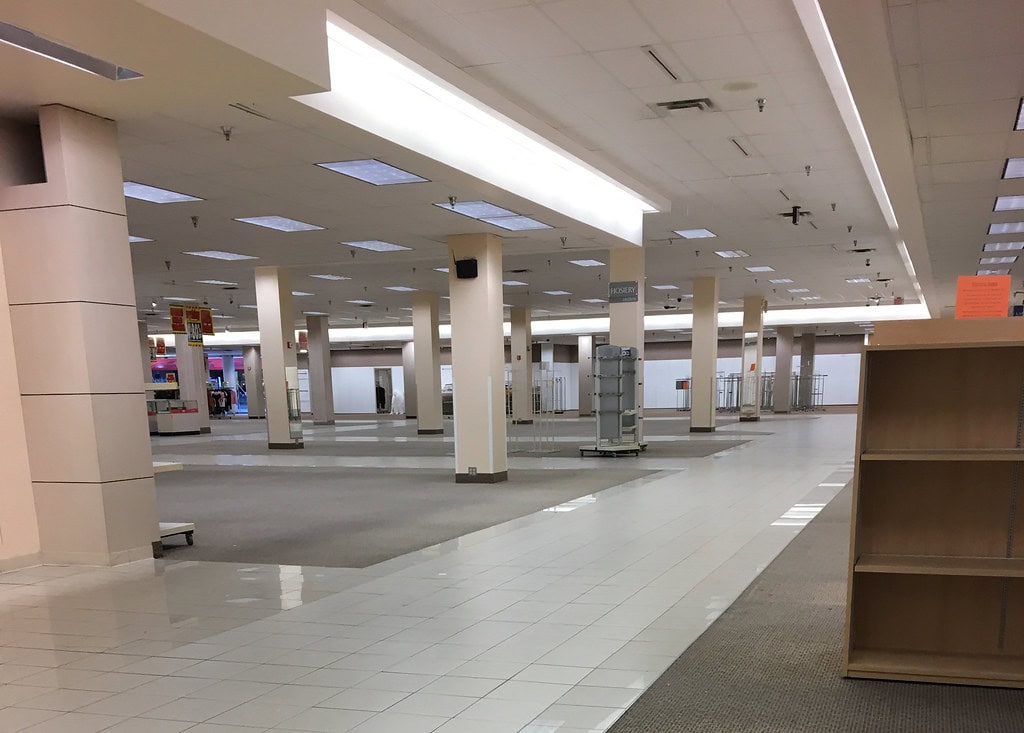


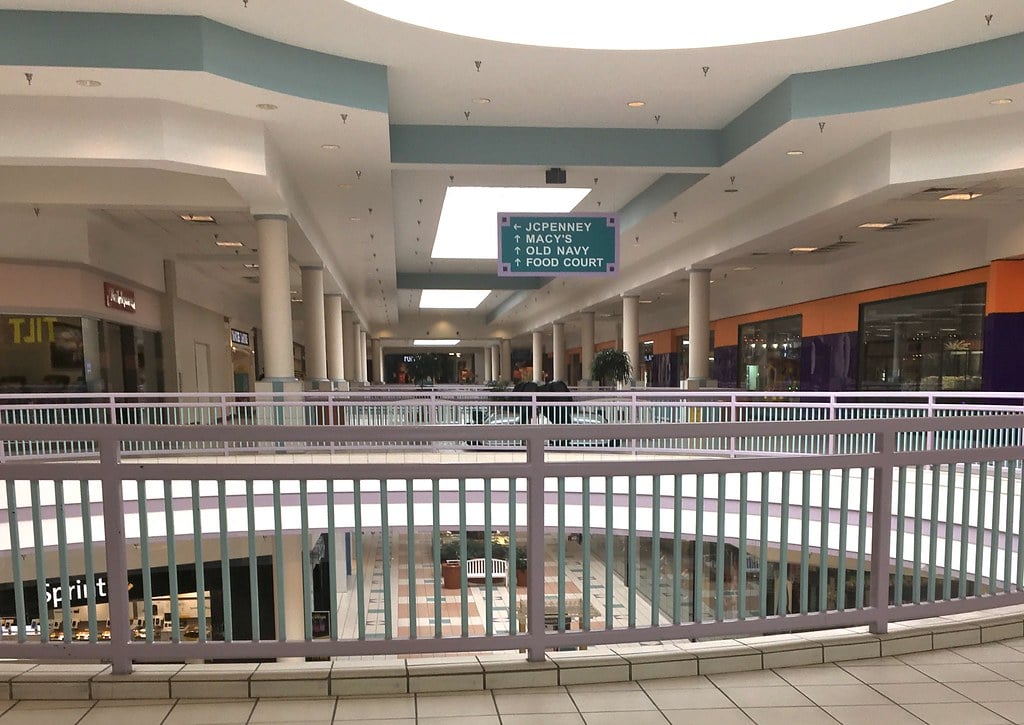

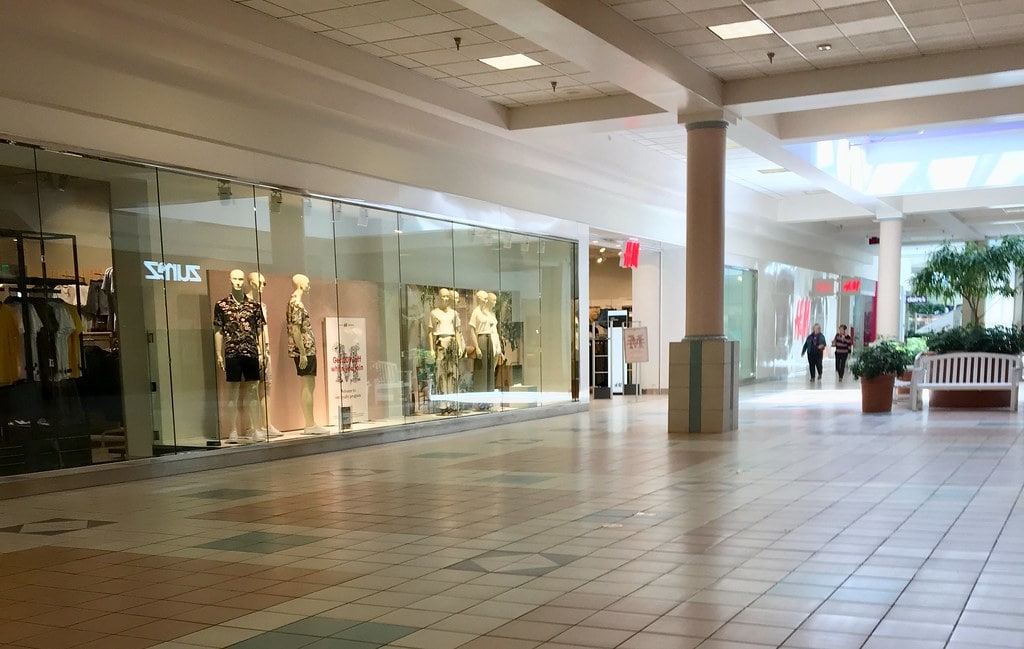
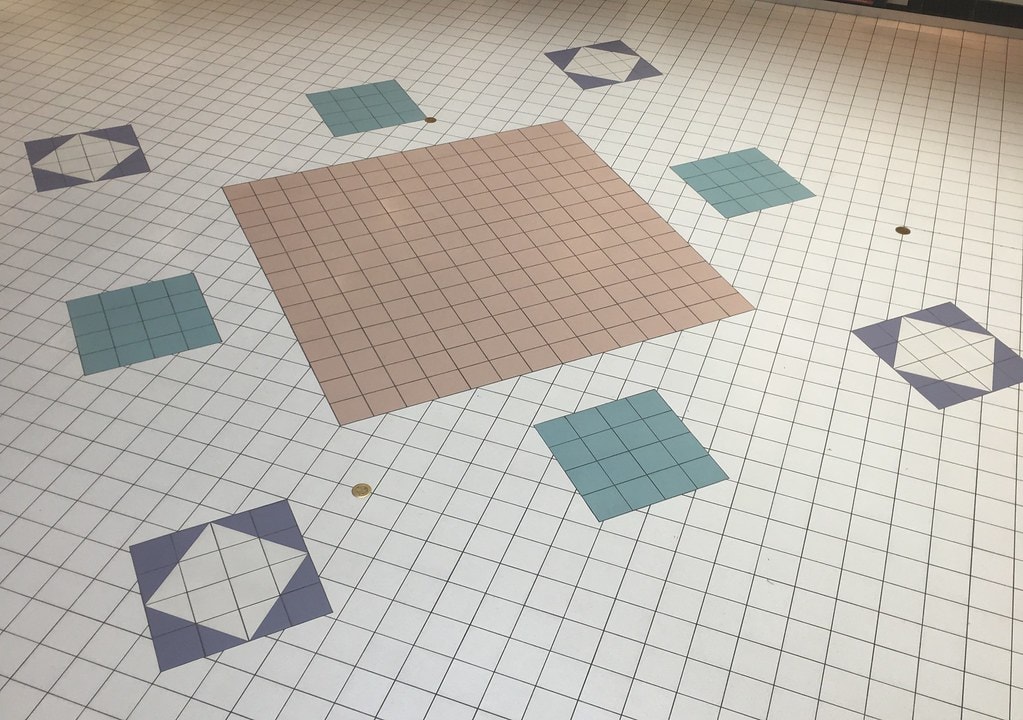


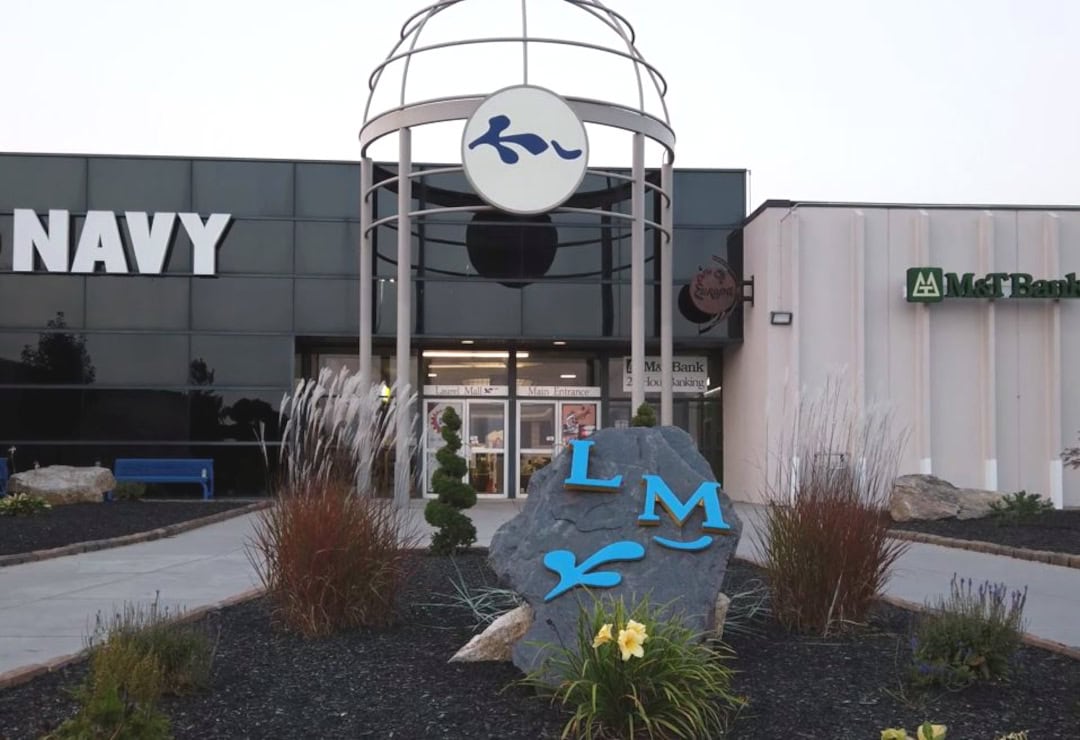
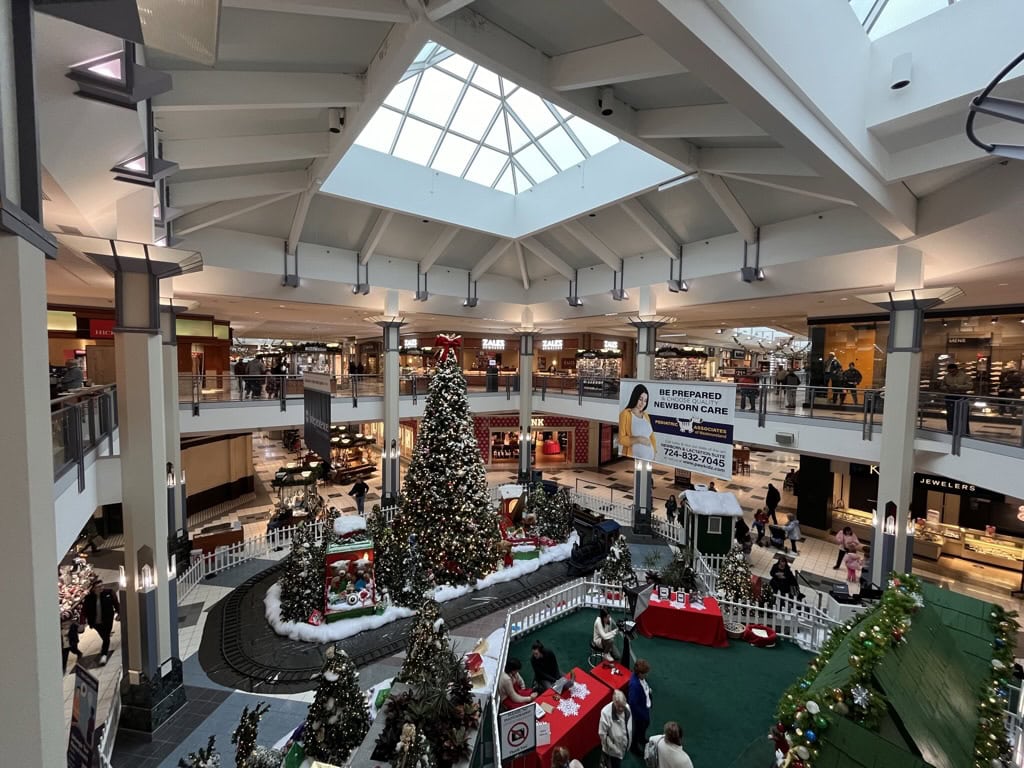
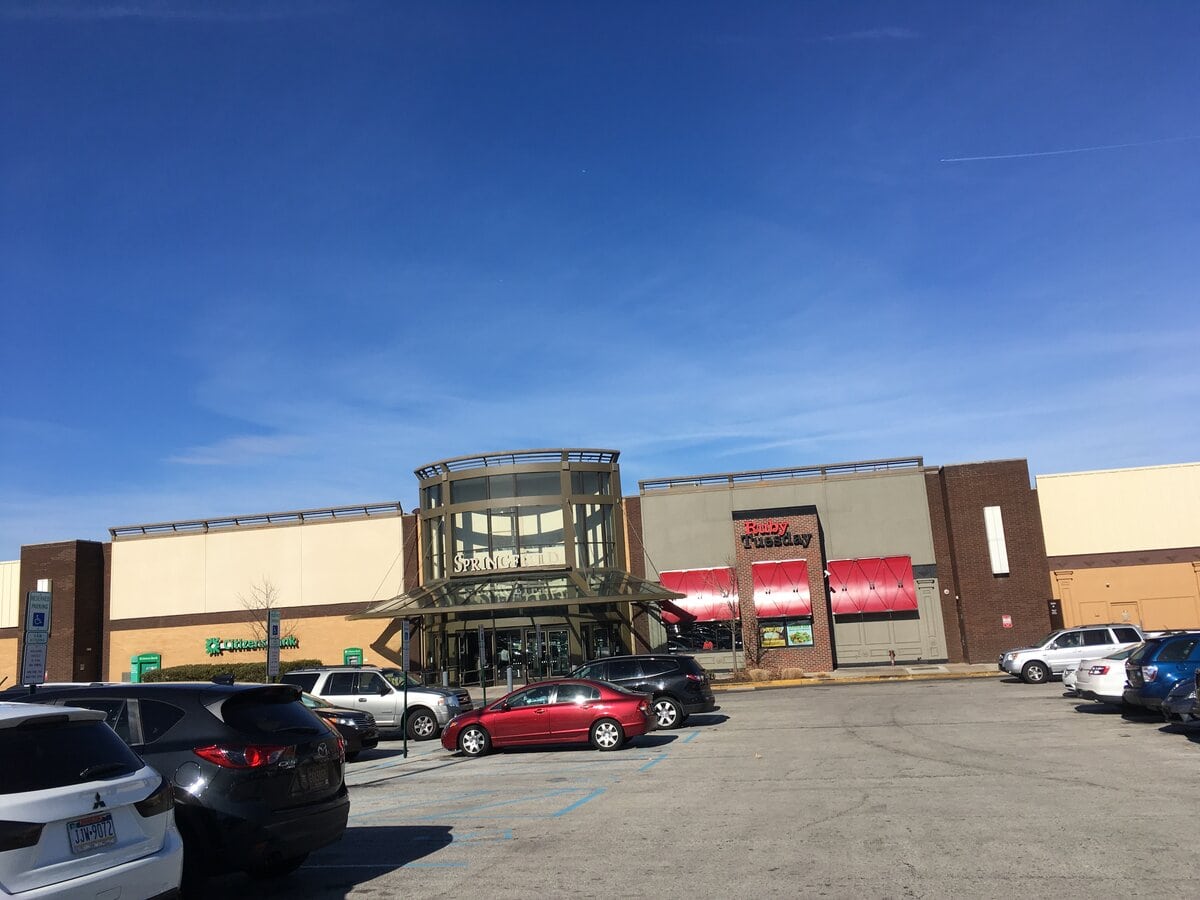
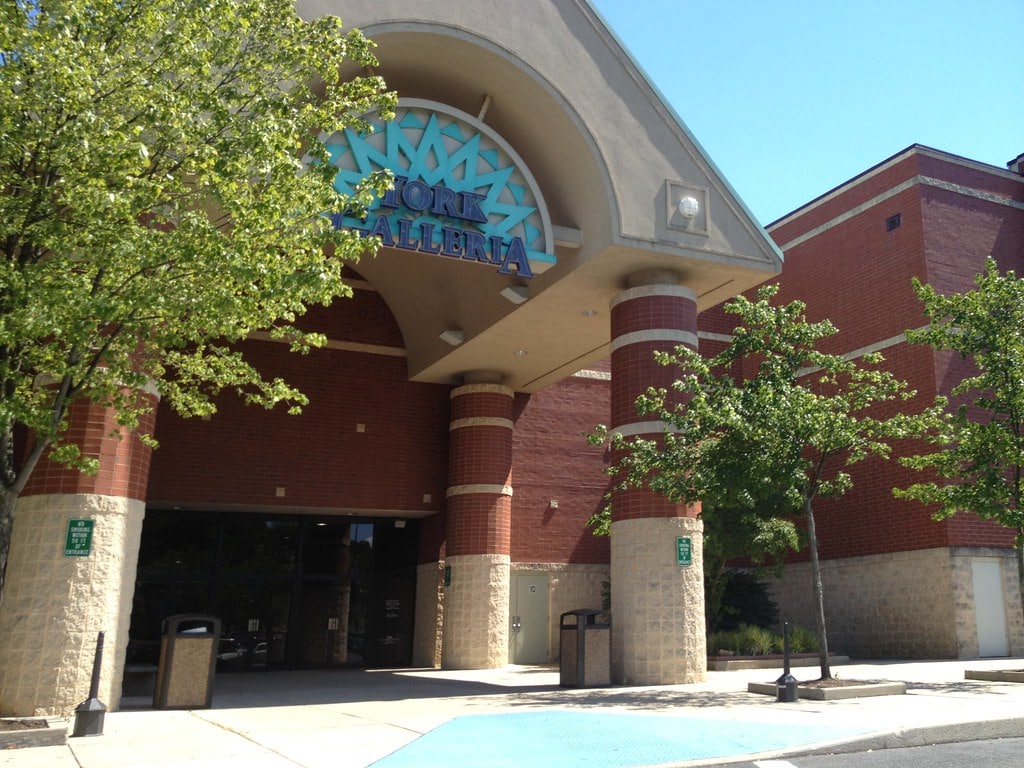

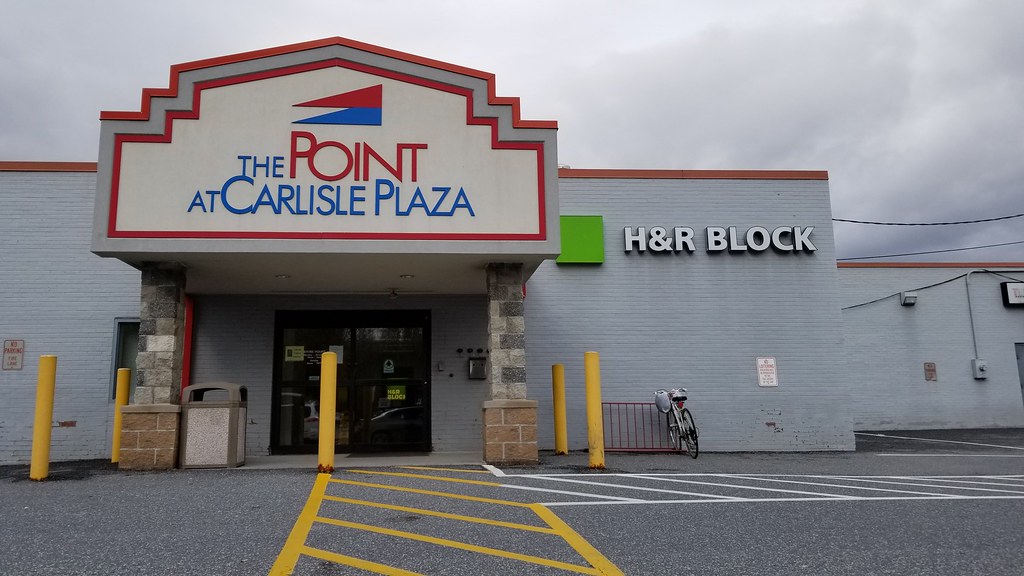
Sadly, the Macy's closed in March of 2025. While new stores, such as R&A Cafe in the food court and Q-Scapes in the old Kranich's, opened in 2024/25, we lost Atlas Furniture and Laurel & Stitch Boutique end of 2024. While I love this mall and grew up shopping, hanging out, and dining here, the current owners continue to bleed it rather than invest in it. I would love to see a Home Goods & Marshall's take over the Macy's and a furniture store move into the old Sears. Maybe adding a Buffalo Wild Wings into old Applebee's after that would also help. Sadly, Namdar will let it rot just like N Hanover Mall, Nittany Mall, etc.
It's great to hear how much this mall has meant to you over the years. Hopefully, future investments can bring in the kinds of stores and restaurants you'd love to see.
Was at the mall when Macy's was closing haven't been there since looks like a ghost Mall now and is really bad shape used to be so plenty full with lots of stores and I remember the fire was there that day bought two ferrets from the store where the fire started saved there lives they really need to get some really big named stores in there and a big name restaurant
Big names might help, but it's hard to imagine them taking root in a property that hasn't seen much reinvestment. Still, the need for a central gathering place is obvious.
You can explain much of the mall's current problems with one word... PREIT. They are really bad property managers, and have gone through bankruptcy at least twice. On the other hand, there are two malls which PREIT co-owns with Simon Property Group which are doing much better, and that has all to do with Simon Property Group who actively manage those malls. One, The Lehigh Valley Mall continues to thrive and grow.
Mall survival and gowth is possible, but it often really depends on the management company, and whether or now they are willing to invest in the property and keep it up-to-date.
PREIT's years with Logan Valley left their mark, but after 2017, the property shifted to Mason Asset and Namdar. However, that change hasn't brought much visible improvement.
I really cry every time I go by the mall, because thats where I remember going as much as we could as a child with my late father, we'd shop a little and look at all the unique stuff from the native American store(i cannot remember the name), to Spencer's crazy inventory, then catch a movie and grab some wongs wok, which WAS the best food ever! Then my teenage yrs were spent hanging with friends there EVERY weekend. Almost all my shoes came from journey! And now it's post apocalyptic there. I think it should revert back to its former situation, like having neighborhood owned stores and family businesses. definitely get some kind of entertainment back too. Could you imagine having a Walmart
in there, a pet store, an ATV/dirt bike store, a mechanics garage, a theater/summer drive-in, Fishing/hunting, pharmacy, maybe a consignment store, upgraded food court with some traditional family style restaurants aside numerous fast food of course. We need to bring together all our great stores, especially the locally based ones. Idk, I'm just scared of what it'll become in another 5 yrs.
Fear about what the next five years hold is real. Each season without investment makes the gap between what it was and what it could be grow wider.
It is sad to see the mall go downhill. The current owners don't care, they only want the profit. They charge large rents to the stores, some of which no longer make the necessary money. Namdar does not care, they only want profit, they will not do anything to attract customers or new stores. They do not take care of the building which will eventually will affect the safety of the stores and shoppers. I feel that eventually the mall will completely close down...perhaps the state/city inspectors will force the mall to close due to safety problems. It's sad!
The frustration in your comment is clear - owners extracting rent while giving little back to the property is a story repeated in many places.
It is very sad to see the continuing decay and vanishing stores as the Logan Valley Mall slowly sinks into oblivion. This is just an inevitable outcome, for as a kid growing up in this town, I also watched the hustle and bustle of a thriving downtown in Altoona die when this same mall replaced those stores and shops. In todays world of Amazon and online shopping, it is only natural that the convenience of having goods and products shipped to your doorstep would soon replace the brick and mortar stores and malls.
The word "oblivion" fits the mood many feel. The mall doesn't just empty - it becomes a symbol of larger changes. You're right that convenience is hard to compete with. A package arriving on your doorstep changes habits that once made malls thrive.
I’m so sad over the loss of the stores at Logan Valley Mall. This area needs some clothing stores. We only have one major store to shop. And everyone has the same clothes!! Please bring some clothing store to Altoona PA!!
Without those stores, Altoona shoppers are pushed online or out of town. That need you describe is real, and it shows why people keep hoping for a turnaround.